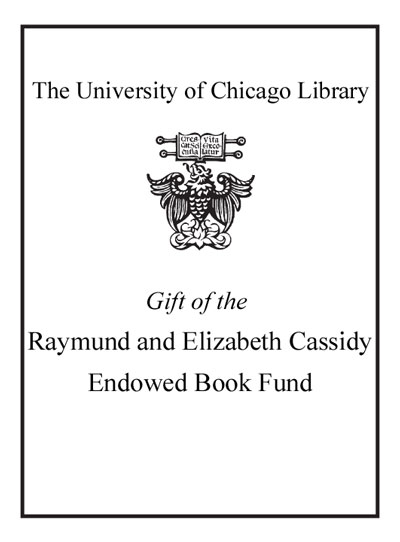Review by Choice Review
Teotihuacán, a UNESCO World Heritage site in the Basin of Mexico, was the second largest pre-Hispanic urban center in the New World, outdone only by the Postclassic Aztec capital of Tenochtitlán (1150-1500 CE). The Teotihuacán state flourished during the Classic period (150/100 BCE-550/650 CE) and, at its peak, likely had a population of a half million with 140,000 inhabitants in the urban center. Cowgill (anthropology, emer., Arizona State Univ.) has worked there for five-plus decades and is the foremost authority on the subject, the perfect scholar to distill what he has learned in this comprehensive, meticulous, delightfully written volume. In ten chapters (plus glossary, 111 illustrations, 450-item bibliography, and detailed 12-page index), he traces the city's rise, apogee, and decline through eight chronological periods, focusing on why and how changes occurred. New data supersedes earlier interpretations, and Cowgill emphasizes the city's core area, the basin, and external areas within Mesoamerica, as well as politics, religion, economics, craft technologies, and art. This latest volume in the "Case Studies in Early Societies" series was designed for students and professionals; general readers will find it a thoughtful treatise. Summing Up: Essential. All levels/libraries. --Charles C. Kolb, independent scholar
Copyright American Library Association, used with permission.
Review by Choice Review

